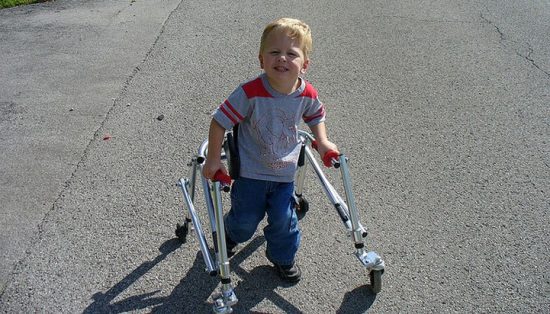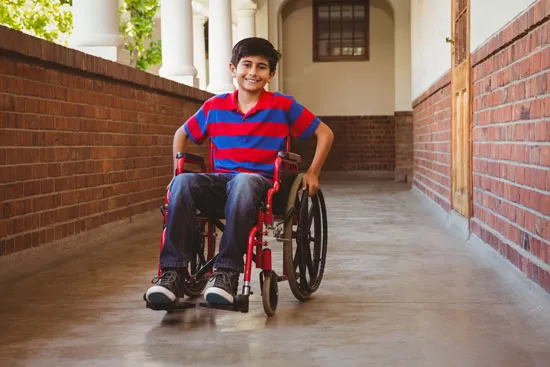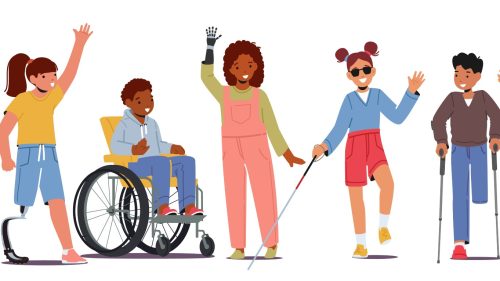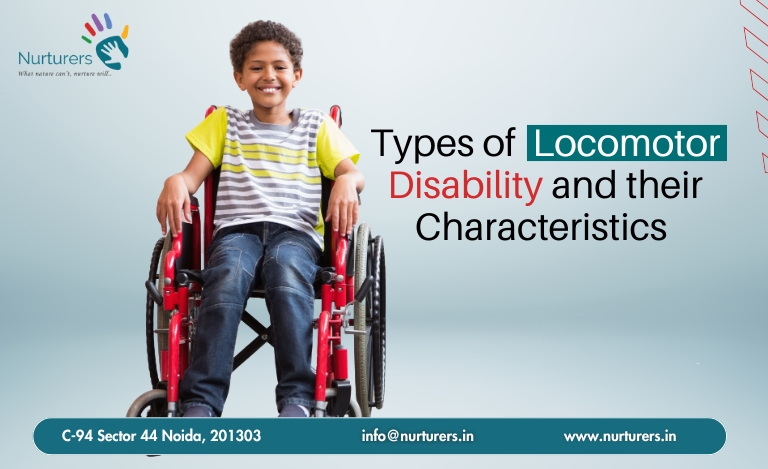Locomotor disability is one of the most recognized physical disabilities across the world. It refers to any condition that limits a person’s ability to move, control, or coordinate their body, especially the limbs. These limitations can affect daily functioning, independence, and social participation. This article provides a detailed overview of locomotor disability, including its types, causes, characteristics, and how its severity is assessed through percentage-based evaluation.
Understanding the Concept of Locomotor Disability
The term locomotor disability refers to an impairment that restricts the functional movement of bones, joints, or muscles. It includes disorders of the musculoskeletal or nervous system that result in difficulty walking, using arms, or performing basic physical tasks. Locomotor disability may be congenital or acquired later due to trauma, illness, or degeneration. In most countries, including India, a person with 40% or more locomotor impairment is legally recognized as disabled and entitled to various support services.

Major Causes of Locomotor Disability
The onset of locomotor disability can be due to multiple reasons, and the root causes may vary depending on age, genetics, lifestyle, and environmental factors. The most common causes include:
- Congenital conditions such as cerebral palsy, clubfoot, or spina bifida
- Accidental trauma, including fractures, spinal cord injuries, or crush injuries
- Neurological disorders like stroke, multiple sclerosis, or traumatic brain injuries
- Infectious diseases such as poliomyelitis or tuberculosis of the spine
- Degenerative conditions, including arthritis and osteoporosis
- Limb amputations resulting from diabetes, cancer, or severe injury
- Occupational hazards that cause repetitive strain injuries or chronic joint pain
These causes may lead to temporary or permanent disability, depending on their severity and timely access to medical care.

Classification and Types of Locomotor Disability
Locomotor disabilities can manifest in a variety of forms. Each type has unique physical limitations and treatment needs. The commonly recognized types include:
- Cerebral Palsy: A neurological condition caused by brain damage before or during birth, leading to impaired muscle control, balance issues, and delayed physical development.
- Amputation: The loss of a limb due to trauma, illness, or surgical removal, significantly affecting mobility and balance. The level of amputation (below or above the joint) determines the extent of disability.
- Paralysis: This may occur in one or more limbs due to conditions like stroke or spinal cord injury. It can be partial or complete and may result in loss of movement or sensation.
- Poliomyelitis: A viral disease that affects the nervous system and leads to muscular weakness or permanent paralysis. Though largely eradicated in many countries, it still affects some individuals.
- Clubfoot: A birth defect where the foot is twisted out of shape or position, causing uneven walking patterns and mobility challenges.
- Spinal Cord Injury: Depending on the location and extent of the injury, it can lead to paraplegia or quadriplegia, severely limiting body movement and requiring long-term rehabilitation.
- Arthritis and Osteoarthritis: Inflammatory conditions that cause pain, stiffness, and restricted joint movement, commonly affecting older adults but not exclusive to them.
- Muscular Dystrophy: A group of inherited diseases that cause muscle degeneration and weakness over time, making movement increasingly difficult.
Each of these types may vary in severity and may be progressive, static, or improve with treatment and therapy.

Common Characteristics Associated with Locomotor Disabilities
Despite the varied nature of locomotor impairments, individuals often display certain common features. These include:
- Restricted or abnormal movement of limbs or joints
- Limited range of motion
- Difficulty maintaining posture or balance
- Muscle weakness, stiffness, or spasms
- Dependency on mobility aids like crutches, walkers, braces, or wheelchairs
- Challenges in performing daily tasks such as dressing, grooming, or climbing stairs
- Irregular walking patterns or poor coordination
These characteristics impact not just physical activity but also emotional, social, and occupational well-being.
Assessing the Degree of Disability: Locomotor Disability Percentage
The severity of locomotor disability is often determined through a certified evaluation process, which calculates the locomotor disability percentage. This percentage is crucial for legal classification and access to disability benefits and support systems.
Disability assessment is carried out by authorized medical boards using standardized guidelines. The evaluation considers factors like the range of motion, muscle strength, joint functionality, pain, fatigue, and impact on daily living activities.
Some examples include:
- Below-knee amputation may result in a 60–70% disability rating.
- Total paralysis of the lower limbs may be considered a 90–100% disability.
- Mild deformity in one limb might be rated under 40%, which may not qualify for legal benefits.
In India, individuals with at least 40% disability are issued a disability certificate, which entitles them to reservations in education and employment, pension schemes, and access to assistive devices.
Management and Support Options for Individuals with Locomotor Disabilities
Although many locomotor disabilities are not entirely curable, significant improvement is possible through medical and therapeutic interventions. Common approaches include:
- Physical therapy to improve strength, flexibility, and coordination
- Occupational therapy to assist with daily tasks and adaptive techniques
- Assistive technologies such as wheelchairs, prosthetics, orthotic devices, and home modifications
- Pain management through medications, injections, or alternative therapies
- Psychological support to address mental health and social inclusion
- Rehabilitation programs to enhance functional independence and vocational skills
Government and private organizations also offer financial aid, special education services, and skill development programs tailored for individuals with locomotor impairments.
Final Thought
Locomotor disability is more than a physical condition—it affects how a person interacts with their environment, society, and even their own sense of independence. Understanding the different locomotor disability types, their causes, and characteristics helps create awareness and empathy, which are crucial for building an inclusive society.

Hi! I am Swati Suri, a Special Educator with 9+ years of experience and the founder of Nurturers. I am passionate about helping children with special needs and supporting their families every step of the way.

